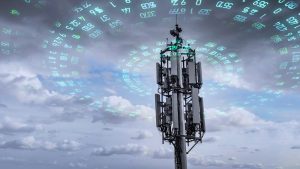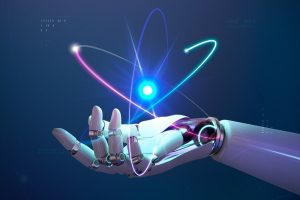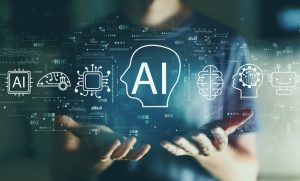Revolutionizing the Power Industry: Exploring AI-Driven Innovations in Renewable Energy

The power industry is undergoing a major transformation thanks to AI. From predicting energy demand to optimizing power grids, AI drives innovation and efficiency in every aspect of the energy value chain.
Today, we look at some of the most exciting developments in AI for power, including Smart grid remote monitoring, Prepaid electricity metering, and Renewable energy integrated microgrids. By leveraging AI, power companies can improve operations, reduce costs, and provide consumers with cleaner, more reliable energy.
Join us as we explore cutting-edge AI in the power industry.
Renewable Energy-integrated Microgrids
Renewable energy-integrated microgrids have gained popularity in recent years due to their potential to provide reliable, resilient, and sustainable energy. These microgrids can operate independently of the main grid or be interconnected, allowing for a more decentralized energy system.
Moreover, AI-enabled microgrids can optimize energy management, increase the efficiency of renewable energy generation, and reduce the cost of energy storage.
In addition, using AI to forecast energy generation and consumption, microgrids can ensure that energy is available when and where it’s needed. This AI aspect makes them an ideal solution for remote communities, military bases, and commercial and industrial facilities looking to reduce their carbon footprint and energy costs.
One of the main challenges of integrating renewable energy into the grid is the generation variability due to weather conditions. It can cause instability and blackouts if not properly managed. AI can help mitigate this issue by predicting renewable energy generation and adjusting energy supply and demand accordingly.
Additionally, AI can optimize the operation of energy storage systems, such as batteries, to ensure energy is available during low renewable energy generation periods. As a result, it can lead to significant cost savings for microgrid owners and reduce their dependence on fossil fuels.
Smart Grid Remote Monitoring
Smart grid remote monitoring is another area where AI significantly impacts. Power companies can collect vast data about the grid’s performance by leveraging sensors and other monitoring devices. AI can then analyze this data in real-time to identify patterns and anomalies, enabling operators to quickly detect and respond to issues.
One of the primary benefits of smart grid remote monitoring is identifying potential faults and outages before they occur. This feature allows power companies to prevent blackouts and other disruptions proactively.
For example, AI can detect abnormal patterns in energy usage or voltage fluctuations, indicating a potential issue in the grid. Operators can then investigate the issue and take corrective action before it escalates.
AI can also optimize the operation of the grid by balancing energy supply and demand. AI can predict energy demand and adjust the supply by analyzing real-time energy generation and consumption data. As a result, it can help prevent overloading and reduce the need for backup generation.
Prepaid Electricity Metering
Prepaid electricity metering is another area where AI drives innovation in the power sector. Using smart meters and mobile payment systems, customers can prepay for their electricity usage, allowing for better energy management and cost control.
AI can analyze data from prepaid meters to forecast energy usage patterns and optimize energy pricing. This feature helps power companies better manage energy demand and reduce the risk of revenue loss due to unpaid bills. Additionally, prepaid electricity metering can help consumers budget for energy usage and avoid unexpected bills.




